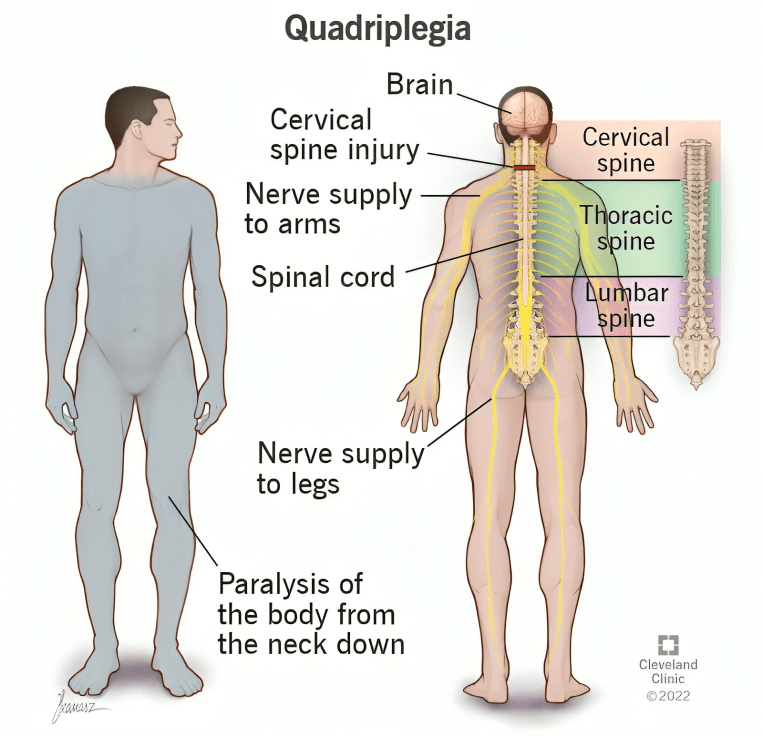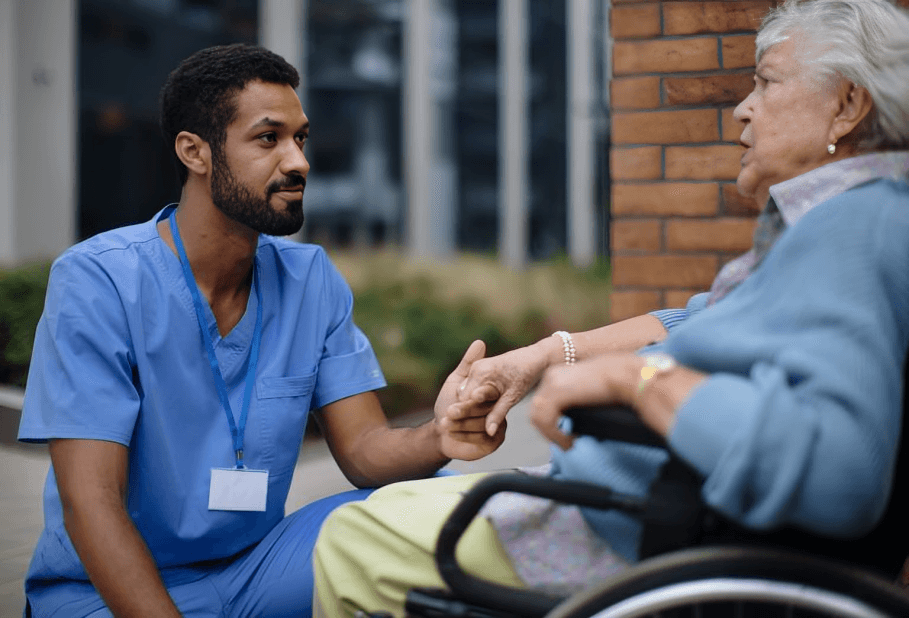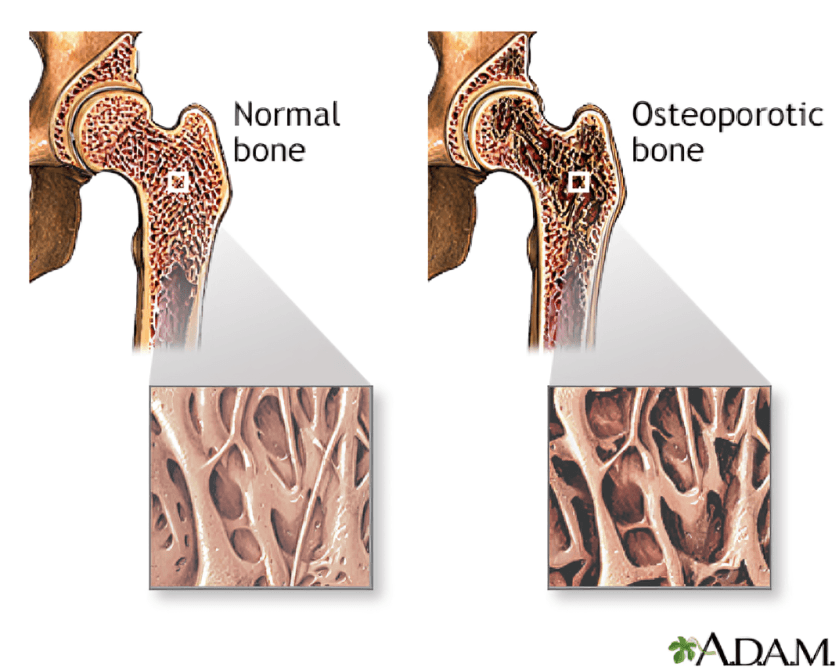
“
The effects of paraplegia and quadriplegia go far beyond immobility, deeply influencing an individual's physical, mental, and emotional well-being. Paraplegia typically affects the lower half of the body, while quadriplegia—also known as tetraplegia—impacts all four limbs and the torso. 1
1
”
Philosopher René Descartes once argued the mind and body are separate, yet spinal injuries like paraplegia and quadriplegia prove how deeply the body influences one’s mental and spiritual experiences. 1
Paraplegia results in the loss of movement and sensation in both legs and sometimes parts of the abdomen, creating challenges in walking and maintaining posture without external support or braces. 2

Quadriplegia typically affects the arms, legs, and trunk, which can severely impair voluntary movements, making everyday tasks like feeding, dressing, or typing impossible without constant assistance or adaptive technology.
A common effect of quadriplegia is the inability to control bladder and bowel movements, requiring long-term use of catheters, scheduled toileting, and support from caregivers for hygiene management. 3
In paraplegia, although arm function remains intact, pressure sores are still a major risk due to prolonged sitting and reduced sensation, demanding frequent repositioning and specialized cushions. 4
Temperature regulation becomes difficult for both paraplegic and quadriplegic individuals because the body loses its ability to sweat or shiver properly below the level of injury, risking overheating or hypothermia. 5
Chronic pain, especially neuropathic pain, is frequently reported in both conditions due to nerve damage, often requiring medications like anticonvulsants or antidepressants rather than conventional painkillers. 6
Many experience spasticity, where muscles tighten involuntarily, causing discomfort and restricted movement, usually managed through physiotherapy, medications like baclofen, or surgical interventions. 7
Employment becomes a challenge post-injury; many individuals must switch careers, work remotely, or undergo retraining due to limited mobility, accessibility issues, and workplace discrimination. 8

Social isolation can develop as mobility restrictions and dependence on caregivers limit participation in outings, hobbies, or even spontaneous social activities that once defined a person's daily life.
Relationships are deeply affected; some couples grow stronger, while others struggle due to shifts in roles, intimacy challenges, and the stress of long-term caregiving responsibilities. 9
Adaptive technologies like voice-controlled devices, wheelchairs with head controls, and robotic arms now help restore independence, though access often depends on affordability and geographic availability. 10
Athletes with paraplegia or quadriplegia often participate in adaptive sports such as wheelchair basketball, tennis, and handcycling, promoting both physical health and psychological empowerment. 11
Many face urinary tract infections frequently due to prolonged catheter use, demanding regular screenings, hydration strategies, and sometimes long-term antibiotics to reduce serious medical complications. 12
The risk of deep vein thrombosis (DVT) increases in both conditions due to reduced mobility, necessitating compression garments, blood thinners, or frequent leg elevation during the day. 13

Bone density loss, or osteoporosis, especially in non-weight-bearing limbs, is common and increases the risk of fractures from minor trauma or transfers, which are harder to detect due to lack of sensation.
Many rely on service animals trained to fetch items, open doors, or alert caregivers—offering not just assistance but also companionship and a boost in emotional well-being. 14
Advances in experimental therapies, such as spinal cord stimulation, stem cell treatments, and brain-computer interfaces, offer future hope but remain largely in clinical trial phases for now. 15
Home modifications like wheelchair ramps, widened doorways, and bathroom remodels are essential to daily functioning, though the financial burden often falls on individuals or families rather than public programs. 16
Dr. Vernon Mountcastle, a renowned neurologist, emphasized how spinal cord mapping reshaped neuroscience, underscoring the need for deeper understanding of injuries like paraplegia to improve care. 17


